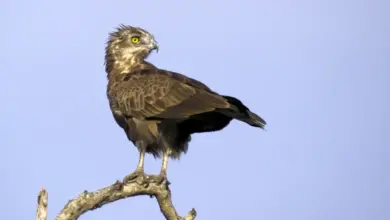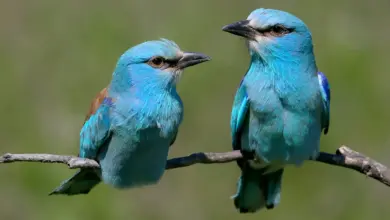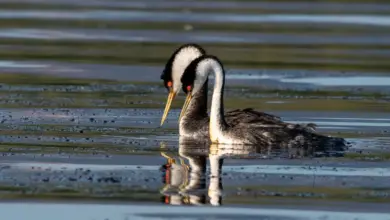The African Pied Hornbills (Tockus fasciatus) occur naturally in western central Africa.
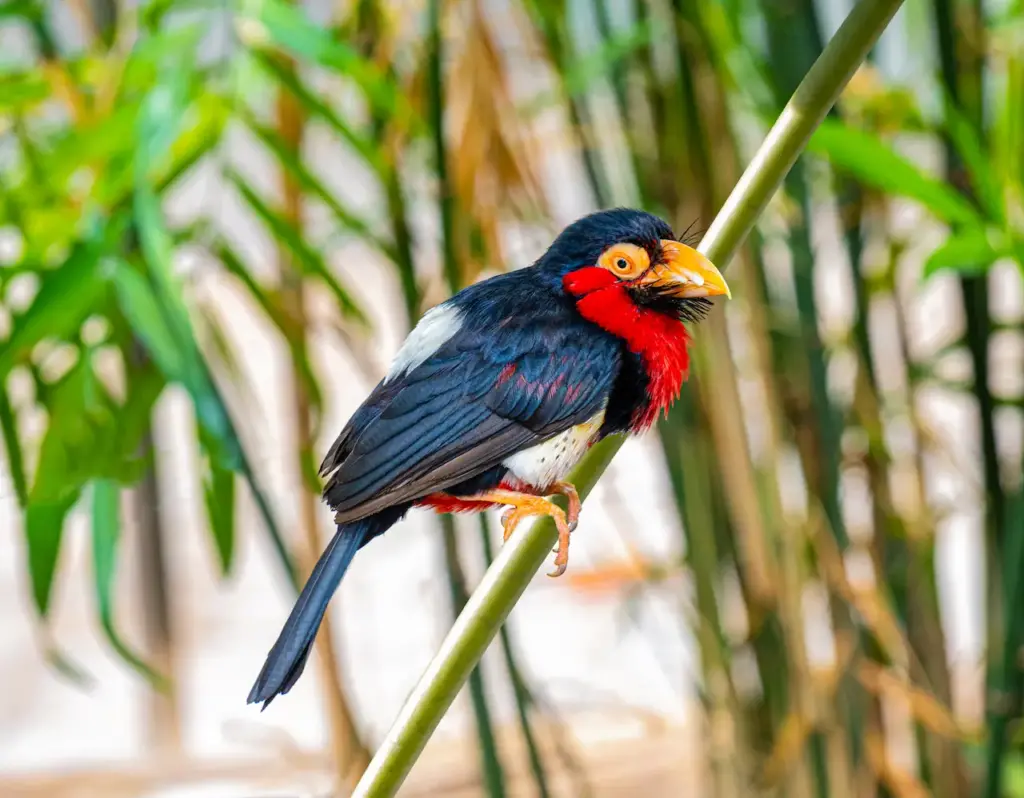
Distribution / Range
They are resident (non-migratory) birds that are found in equatorial Africa – from the Gambia to western Uganda and northern Angola.
They mostly inhabit forests.
Description
African Pied Hornbill measure about 54 cm in length – including the long tail.
The plumage is mostly black, except the white abdomen and tail tip.
The long curved black and yellow bill has a medium sized casque (a display growth on the upper mandible of the bill).
Males and females look alike, but the female has a smaller casque.
Juveniles have a duller plumage and smaller beaks. They lack the casque of the adults.
Their flight is described as a smooth wavelike motion.
Also Read: Abyssinian Ground-hornbills
Breeding / Nesting
African Pied Hornbills nest in tree cavities, the entrance of which they mostly close off with cement made of mud, droppings, and fruit pulp, while they are incubating the eggs inside. The purpose of this is to keep potential predators out of the nest.
The average clutch consists of two to four white eggs. The male feeds the female and young by transferring food through a narrow opening.
When the chicks and the female are too big to fit in the nest, the female will break out and rebuild the wall, again only leaving a small opening. Both parents will feed the nestlings until they are independent.
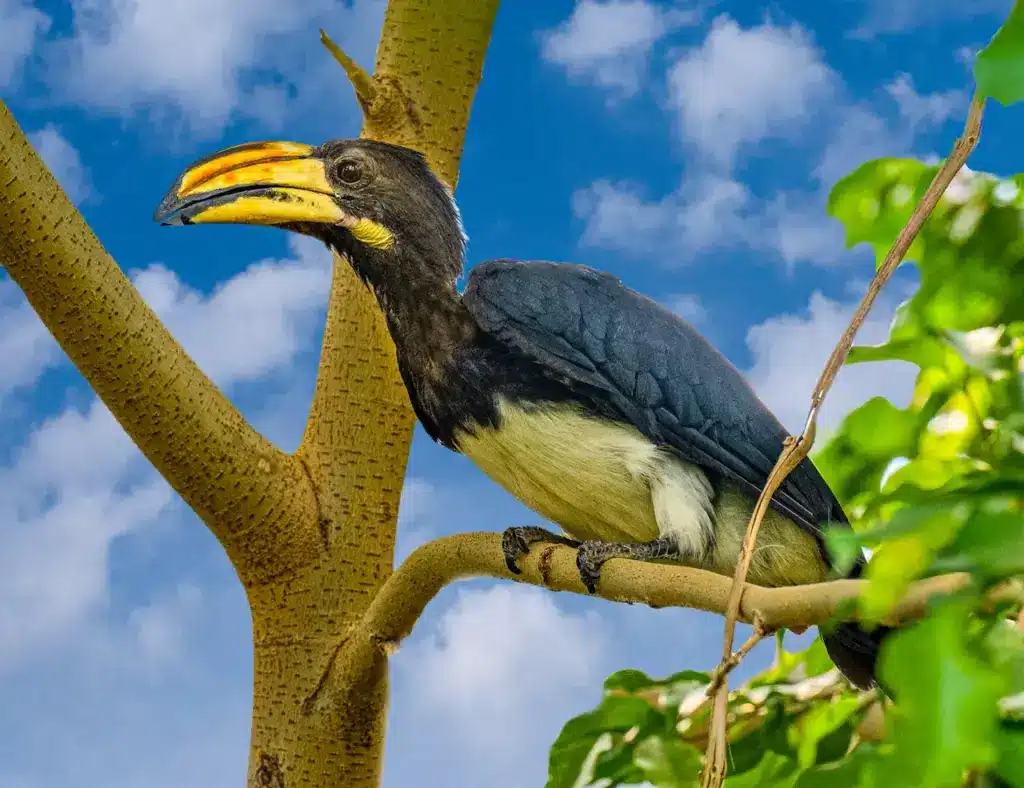
Diet / Feeding
African Pied Hornbill mostly feed on fruit and insects. They typically forage in trees, and are often visiting Oil Palms.
Calls / Vocalizations
Their vocalizations are described as whistling pii-pii-pii-pii- calls.

